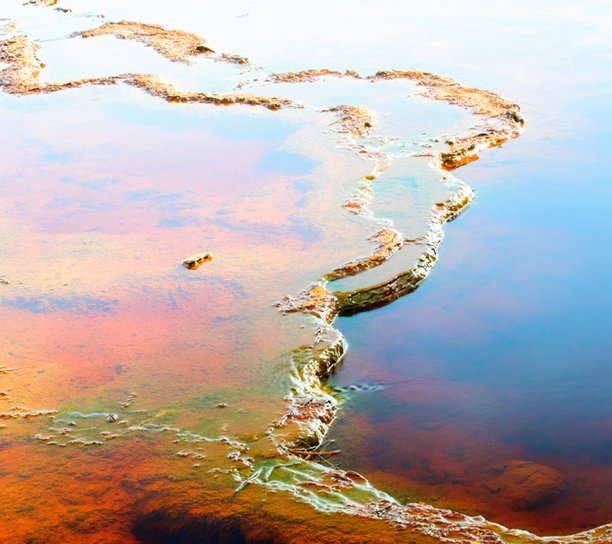Hydraulic Fracturing, better known as Fracking, has been a topic of scrutiny in the UK for the past decade. Controversies around its negative environmental impact, contribution to water pollution, and potential to do irreversible damage to natural landscapes has led to fierce debate amongst politicians and local citizens on whether this practice brings more harm than good.
The process of fracking involves injecting high-pressure fluid into subterranean rock formations to release natural gas from deep inside the earth. Although this method does increase access to natural gas, the potential negative ecological impact makes it a cause for concern.
In this post, we will explore the numerous ways in which fracking negatively contributes to water pollution and the surrounding environment.
Chemical Contamination
A core concern with fracking is the number of potentially harmful chemicals used in fracturing fluid - a liquid discharged into the ground when attempting to release natural gas. Fracking fluid is made from a combination of water, sand, and more than 750 additional chemicals. These chemicals, if they reach ground level, can result in surface water pollution, as well as contaminate nearby drinking water sources. Although fracking companies are obliged to disclose what exact chemicals are being used, it does very little to protect the environment in the event of a spillage, leaks or overflow of fracking fluid.
Flowback Water
Flowback water occurs after fracking when a portion of fracking fluid returns to the surface. This fluid contains a variety of naturally occurring substances such as heavy metals, hydrocarbons, and radioactive materials. Radioactive materials pose a significant threat to environmental health, as Radioactive Radium (Ra) - present in flowback water - can generate Radon, a highly radioactive element that poses a serious threat to human and aquatic life.
There is no completely safe method that exists to clean up and dispose of flowback water, and so drinking water sources, surface water, nearby agricultural units and aquatic landscapes are all exposed to a multitude of toxic and potentially poisonous substances.
Groundwater Contamination
In order to minimise the risk of groundwater pollution, fracking operations are typically contained within isolated wells where the fracking drill, fluid and any other industry-related materials are kept separate from the surrounding area. The issue, however, is when the walls of the well incur structural failure when incorrectly set up. This creates a dangerous pathway for pollutants to seep into water below the earth’s surface, contaminating nearby aquifers used for drinking water and exposing humans to a multitude of health risks.
Surface Water Pollution
This common form of water pollution occurs when pollutants and toxic compounds reach nearby water sources such as streams, rivers and reservoirs. Typically this occurs when rainwater, leaks, spills, and overflow cause chemicals to run off and merge with other bodies of water. Fracking uses a number of pipelines, storage tanks and wastewater pits, further contributing to the potential contamination of surface water, threatening local aquatic life and drastically decreasing overall water quality.
Seismic Activity
A rather unique yet highly dangerous consequence of fracking is seismic activity. This occurs due to the presence of water injected deep into the ground which sits between the rocks, pushing them apart and causing them to slip and slide past each other, resulting in tremors that can be felt on the surface. In 2011, two small earthquakes hit Blackpool, UK, and were located suspiciously close to two major fracking sites. This puts entire areas at risk of seismic activity if located close to fracking operations, and can threaten human and environmental livelihood if seismic activity occurs at a strong magnitude.
Conclusion
As seen above, fracking can negatively affect the environment and contribute to water pollution in a multitude of ways. Whether it be contaminated drinking water, faulty operations causing leaks into natural water sources, corruption of clean reservoirs or increased chances of earthquakes, the consequences of this industry pose a major threat to the natural environment. More concerningly, these operations will not cease anytime soon, with the UK lifting fracking bans in 2022, exposing the environment to many more years of toxic pollutants.
While regulatory measures aim to mitigate these risks, the potential for environmental harm remains a significant concern. As the UK navigates its energy future, balancing the benefits of fracking with the need to protect water resources is a critical challenge.
